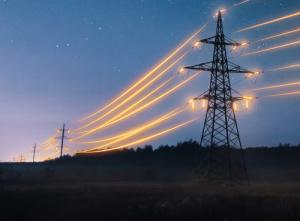New Transmission Line Life via Reconductoring
Jason Huang is the CEO and a Board Member of TS Conductors.
Charles Bayless is the retired CEO of Tucson Electric Power and Illinois Power (now part of Ameren Illinois) and a Board Member of TS Conductors.
As our understanding of Earth's climate has dramatically evolved, the urgency to transition away from fossil fuels is undeniable. Simultaneously, the need for additional or renewable generation is skyrocketing as our fossil fuel fleet is aging, new load needs arise such as data centers and electric vehicles, and other industries transition from gas to electricity.

However, a significant bottleneck on this path to a sustainable future is electric power transmission. Despite the increasing need for transmission, the miles of new transmission lines being built have decreased due to the near impossibility of obtaining permits.
Our past is littered with canceled projects like the Northern Pass and Twin State Clean Energy Link, while others, such as the SunZia Southwest Energy Link, struggled to gain permits. The result is that Grid Strategies currently estimates that transmission congestion costs in the U.S. are about twenty billion dollars per year.
Recognizing this situation, FERC issued Order 1920 (and Order 1977) to address the electric power transmission planning and permitting process. Fortunately, a concurrent technical breakthrough, advanced conductors that feature composite core in lieu of steel wires, presents a new pathway to achieve FERC's goals more quickly and at a lower cost than traditional methods. Together, new technology and new regulations can power the future.

